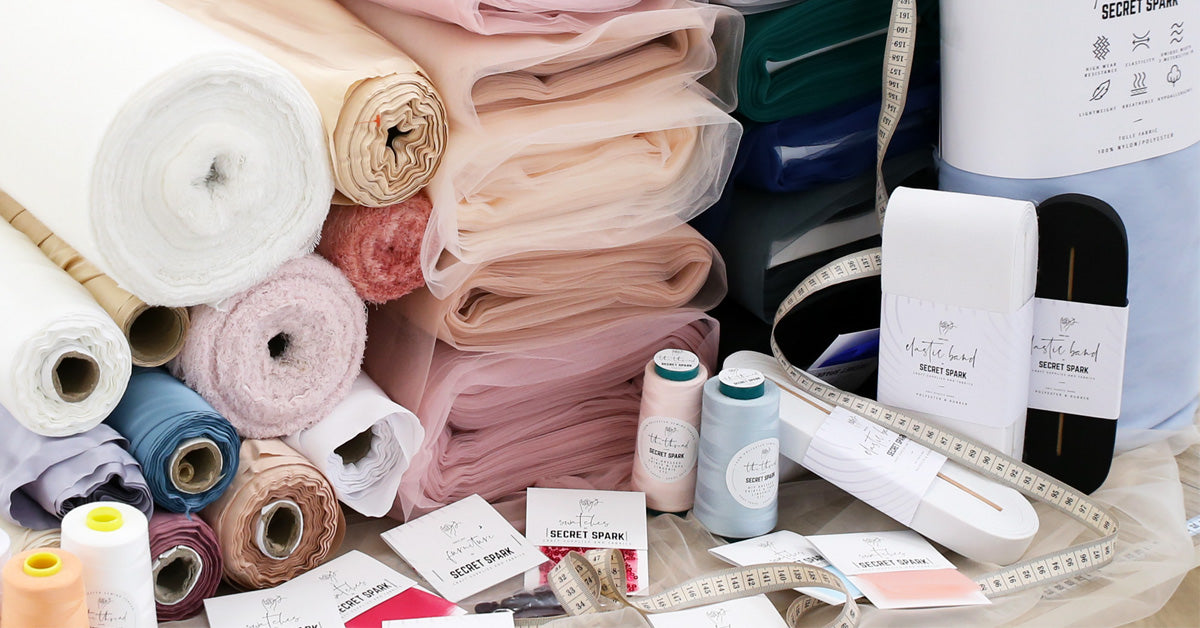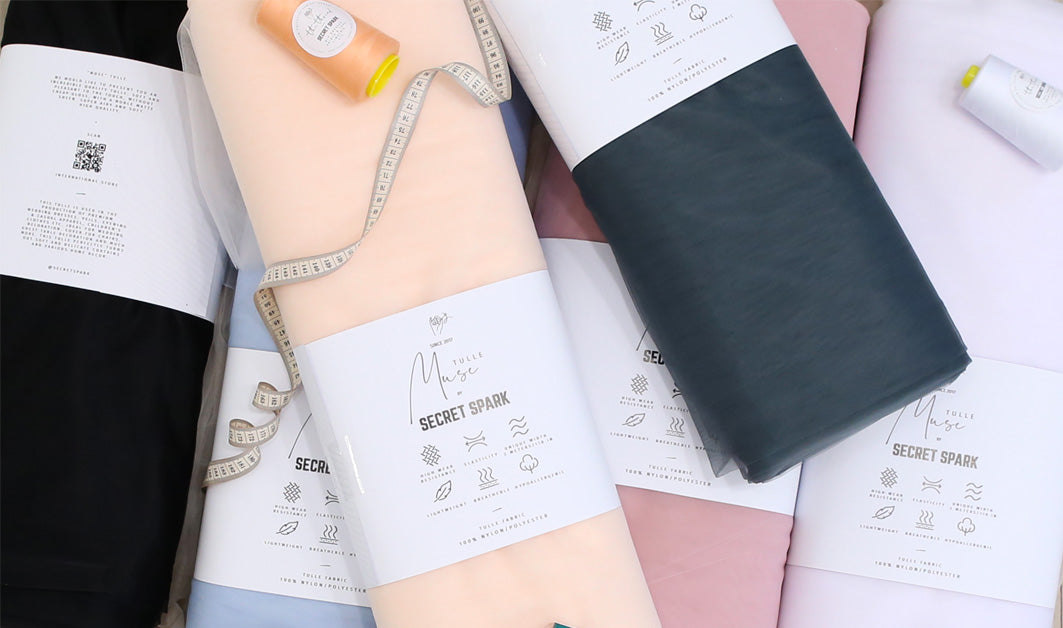1. OPTING FOR ONLY ESSENTIAL SEWING TOOLS
Instead of acquiring all existing sewing tools, we will focus on the necessary minimum. Here's what we'll need:
- Millimeter paper for pattern drawing.
- Tracing paper for transferring the base for modeling.
Essential tools:
- Scissors: Choose ones that fit your hand. Tailor's scissors are ideal for fabric, while office scissors can be used for other materials.
- Universal pins for pinning the details.
- Tailor's chalk and thermal markers.
- Centimeter tape and various rulers, including a pattern ruler (optional but recommended).
Building the foundation:
2. PURCHASING FABRIC WITHOUT KNOWING THE EXACT AMOUNT NEEDED
To determine the required amount of fabric, let's start by building the pattern. You can either buy a ready-made pattern or create one yourself. Take your measurements and construct the basic structure, which is essential for modeling our product.
3. NOT ADJUSTING READY-MADE PATTERNS TO YOUR BODY MEASUREMENTS
Standard patterns have predetermined chest, waist, and hip measurements. However, we are all unique! It's important to adjust ready-made patterns to fit your specific body measurements.
4. MARKING CONTOUR LINES DIRECTLY ON THE FABRIC WITHOUT USING PATTERNS
Avoid relying solely on drawing details directly on the fabric. Always use a pattern as a guide. You can use a pattern from a pre-modeled product with different sizes and follow the provided instructions. If you have a non-standard figure, you'll need to adjust the pattern accordingly. Building the basic structure based on your own measurements is the optimal option.
5. AVOIDING IMMEDIATE PURCHASE OF EXPENSIVE FABRICS
At the beginning, opt for simple fabrics such as cotton, linen, and blouse fabric. There's no need to invest in expensive fabrics right away, especially those with complex patterns or directional designs. Start with easy-to-cut and sew fabrics. For a skirt, a semi-woolen fabric blended with synthetic fibers would be suitable.
6. AVOID BUYING FABRIC OR MATERIALS THAT ARE TOO TIGHT
Don't purchase fabric that is too tightly woven. It can be frustrating when there isn't enough fabric to complete your project. Follow specific rules for calculating the required amount of fabric. For example, for a blouse, consider the length of the garment, sleeve, and add an extra 30-40 cm. For a skirt, consider the length of the skirt and add 30 cm.
7. DON'T GUESS WHEN BUYING TRIMMINGS
When purchasing fabric, don't forget to buy the necessary trimmings such as threads, buttons, and zippers. Avoid guessing and always match them to the fabric swatch.
8. NEGLECTING TO PRE-SHRINK THE FABRIC
Pre-shrinking is a crucial step in garment making, as fabrics tend to shrink. Soak the fabric in warm water and iron it, or steam iron it and let it rest until completely dry and cooled. Now you're ready to start cutting.
9. OVERLOOKING THE GRAIN LINE DIRECTION DURING CUTTING
Always consider the direction of the grain line when cutting fabric. The grain line runs along the edge and must be taken into account. To ensure proper layout of the pattern on the fabric, fold it in half with the right side inside, edge to edge, and align the pattern pieces according to the grain line. Neglecting this rule can result in a garment that twists around the body, fits poorly, and is uncomfortable to wear.
10. SKIPPING THE SETTINGS CHECK ON SAMPLES BEFORE SEWING
Before sewing a new garment, ensure that the sewing machine and overlock are adjusted specifically for the fabric. Adjust the thread tension, select appropriate needles and threads, and test the settings on samples.

